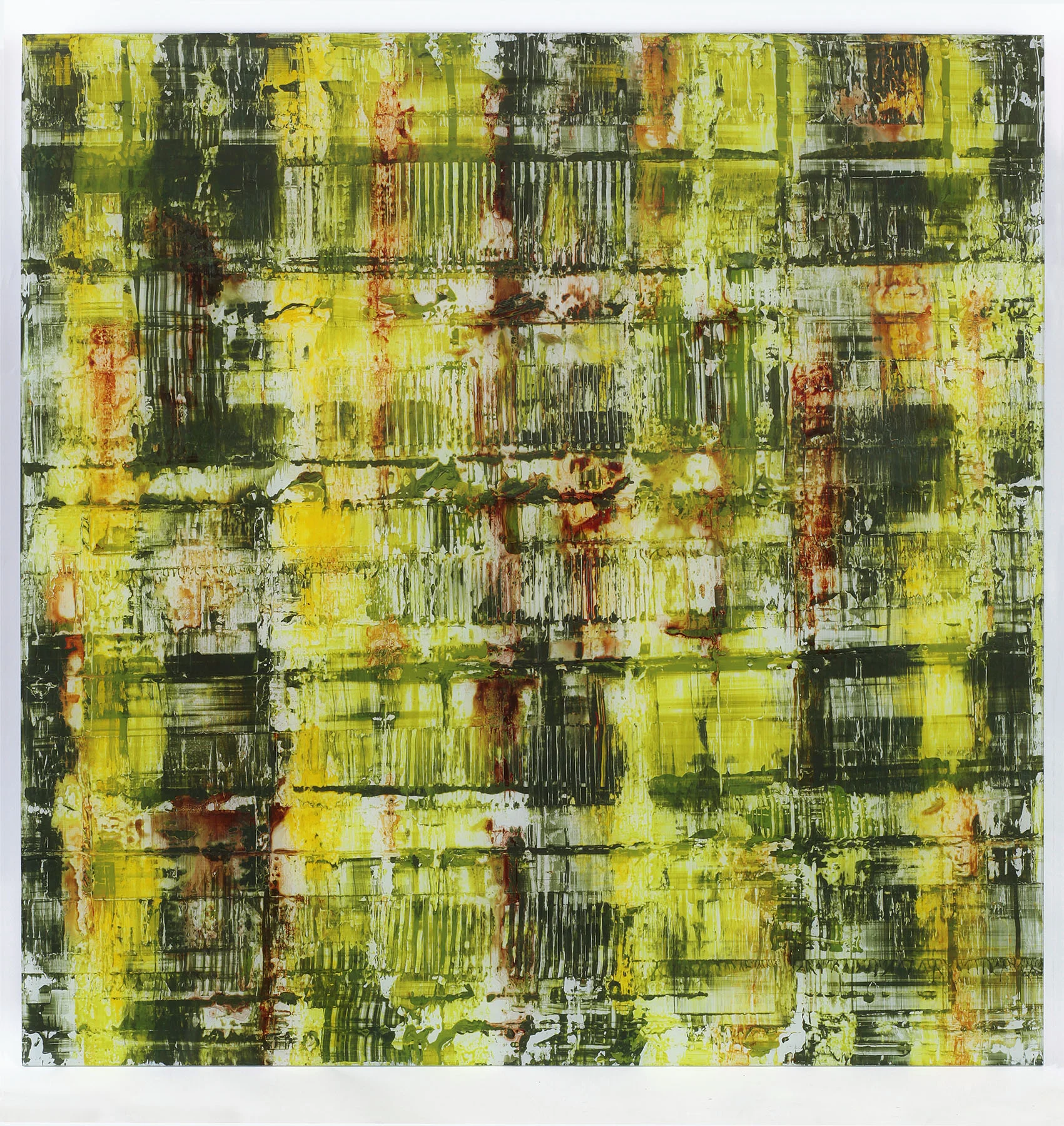Positive and Negative Space Positive Negative Space Abstract Art
Mark Trubisky's Blog
Web log of creative person Mark Trubisky
Positive and Negative Infinite in Abstract Art
Have you ever marveled at a blackness and white photograph? Did it captivate yous and present a mood and setting? We all appreciate the work of Ansel Adams as an instance.
An important element B&Westward photographers are keenly aware of in their composition is the employ of positive and negative space. This is every bit important to artists creating gimmicky works and to fine art lovers & collectors trying to define why they like or dislike a slice. In this post, I will look at this from my artist perspective and y'all will learn its importance to me and other art you come across to appreciate but tin't always put your finger on why....
I will start past defining these terms simply simple examples will better serve In understanding. The positive space refers to the compositional elements inside a painting. The negative space refers to the area around these elements. Artists often volition employ these concepts to construct their center of involvement for the viewer. Seems rather abstract in words, look beneath:

Accept the elementary vase on the left. The positive space is the vase itself while the white areas are negative space. Now await to the right image of the vase. Once again, the vase outline in white is positive space while the blackness is negative space. But do you come across something else?
Look carefully, if yous concentrate on the black space, you should see the outline of two face profiles across from each other. If y'all do, your encephalon is conflicted and flips betwixt the vase and heads. The interplay of positive and negative space creates in this instance an optical illusion.
Some artists take reward of that tension in their artwork similar Bridget Riley beneath:

Yet, the use of positive and negative infinite can provide compositional context and balance to paintings. This is the more than relevant side to me. Look at the painting past Piet Mondrian below:

This famous artist is a not bad example of providing residue betwixt positive and negative infinite. Discover the white negative space is harmonized with the bold black lines and bright colors on a non-dimensional presentation. It seems simple, like "I could practise that"! Peradventure equally a copy-cat you might but the artist implicitly could visualize this balance and be one the outset line of abstractionist (talking 1920's btw).
This use of space acutely confronts me in my work on large acrylic panels. My more monochromatic pieces all-time illustrate this struggle for balance. When I start this kind of piece I lay a curl of white paper under the clear acrylic. At this stage, I know the final layer of many preceding epitome layers will be white (when I flip it over to reveal the painting!). But in the creation process, I want a white background (negative space) and then that as I paint individual layers (positive space) I can stand up back to study & contemplate this residual during each progressive stride (as the pigment dries). Using this reverse painting technique does not allow for rework and so this understanding is critical to success or results in wasted panels to exist trashed.
This is the hardest role of achieving success, stopping myself and not going too far. While I don't know until I flip the console to run into the layers behind the drinking glass, if I don't get this space balance correct, the residual does non matter. Here is a recent piece where I believe this balance is achieved below:

This is adequately large, 4ftx4ft. The white & yellow areas provide a residue to the darker greens. See the interplay of white that gets lost on this distance shot, beneath on a close up:

Below is how I view it through my artist'due south lens; converted to black and white. Should wait pretty good with or without color...

Oftentimes abstruse and even contemporary fine art gets a bad rap. Many times fine art looks like a splash of color thrown on a canvas....and it looks terrible and cheap to united states! An element that often follows my tastes in liking a piece is the balance between positive and negative space. After all, this is not-representational fine art so this attention is as well oft absent merely critical in my opinion. Next time you lot look at art you like, stop to consider this element in a new lite.
Source: http://www.marktrubisky.com/blog/positive-and-negative-space-in-abstract-art/1/29/2015
0 Response to "Positive and Negative Space Positive Negative Space Abstract Art"
إرسال تعليق